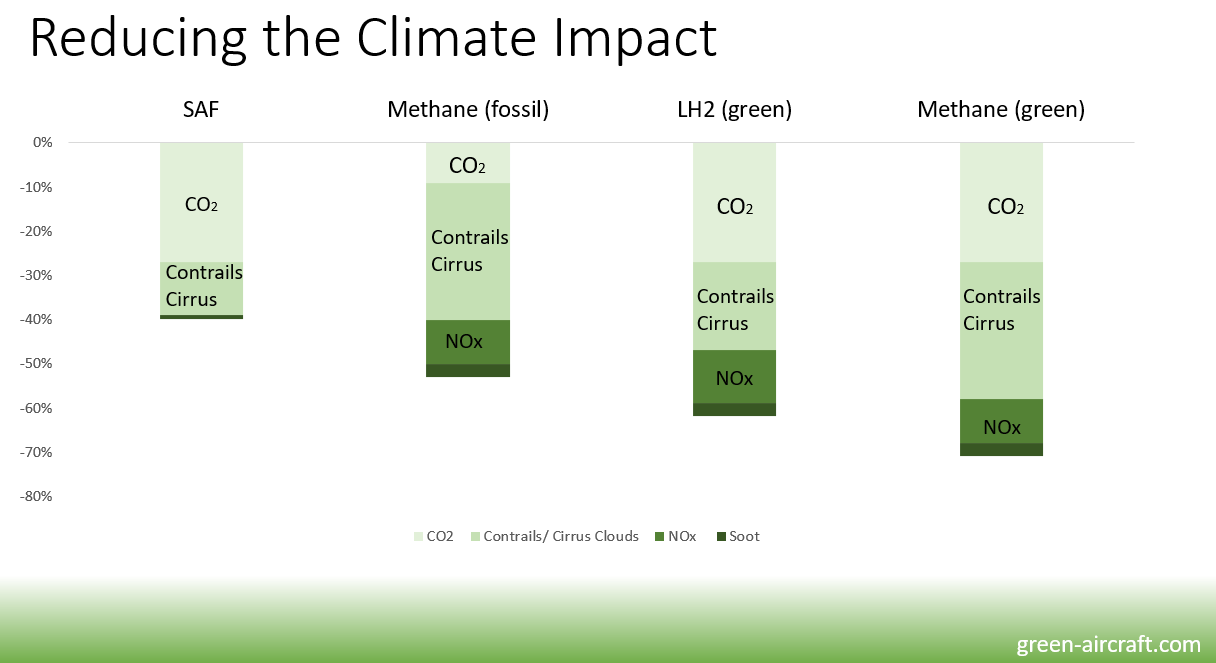sustainable AIRCRAFT
We need to change the way we fly
Ambitious climate protection targets call for the technical improvement of aircraft. Since long-range flights account for the majority of pollutant emissions in aviation, more environmentally friendly alternatives must be found for aircraft of this category.
Climate effects from aviation are
predominantly non-CO2 (!) effects
like contrail and cirrus cloud formation!
Less than 6% of all flights go long range, while causing more than half of fuel burn in air travel.
Our selected fuel type is readily available and can reduce climate effects immediately by
more than 50% !
There are several concepts by large and small aircraft manufacturers on how to build climate friendly short-range aircraft. However, there is a lack of mature concepts for the climate relevant long-range sector.
This is why we propose the following solution:
Designing the First Climate-Friendly Wide Body Aircraft
Our detailed research found (renewable) liquid methane (LNG/RNG) to be the most promising climate friendly fuel for future long-range aircraft, due to its minimal climate impact and its easy distribution via the existing natural gas infrastructure. Download our results here.
It is a TRI-FUEL aircraft design, that can be operated not only with liquid (bio-) methane (LNG, RNG=renewable), but moreover with alternative back-up fuels: liquid hydrogen (LH2) or synthetic kerosene (SAF).
The Tri-Fuel concept eases the transition period until a comprehensive green methane supply is assured. It is a flexible aircraft concept for the coming decades, when new fuel types will become gradually available.
Liquid hydrogen is too voluminous for long range aircraft fuel tanks. New LH2-based long range aircraft concepts are very challenging and not announced so far. Realistically, LH2 (liquid hydrogen) cannot contribute substantially to year 2050 climate goals in long-range aviation!
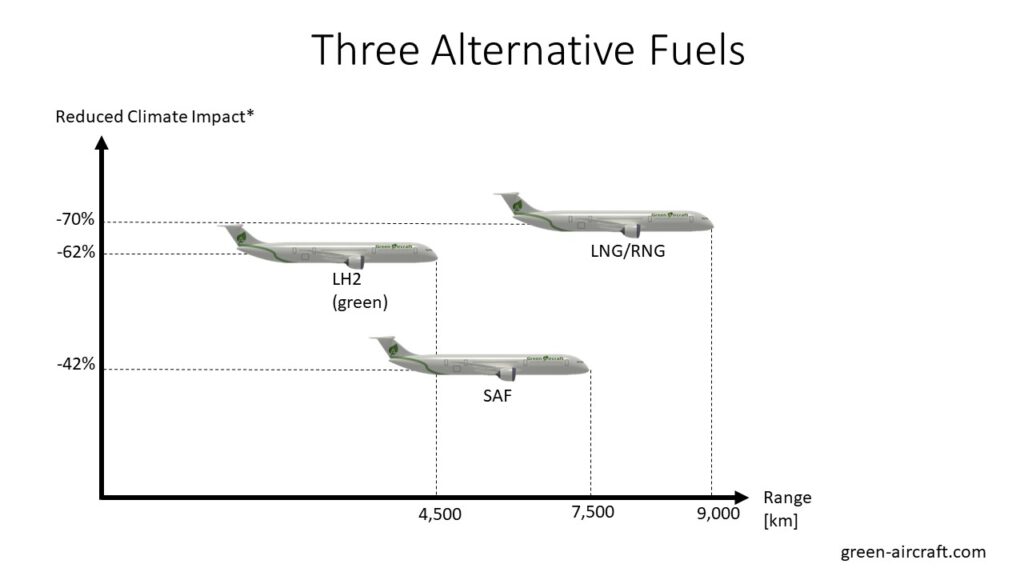
ABOUT THE Aircraft
280 passengers
9,000 km
Maximum Take-Off Mass: 224 tons
Wingspan 65,0 m
Length 63,3 m
Cruise Speed: Mach 0.85
Insulated fuselage tanks, that are separated from the pressurized passenger cabin.
Slim and efficient wing design.
The Green Aircraft predicts a vastly reduced climate impact.
AIrcraft design
Outline of A330 (black) vs.
Tri-Fuel Green Aircraft
The architecture of the Green Aircraft differs from kerosene-powered aircraft. The cryogenic tanks are preferably placed inside the fuselage, which inevitably reduces the volume available for airfreight and increases bending moments. However, the wing not being used as a primary fuel tank allows for a more efficient wing design.
The performance evaluation of the Green Airliner predicts a reduced climate impact compared to a state-of-the-art Airbus A330neo:
When the Green Airliner is fueled with today’s fossil methane, the climate impact is reduced by more than 50%, compared to an Airbus A330neo on kerosene fuel.
Switching from fossil to green methane eliminates net CO2 emissions entirely. The climate impact is thereby reduced by more than 70%
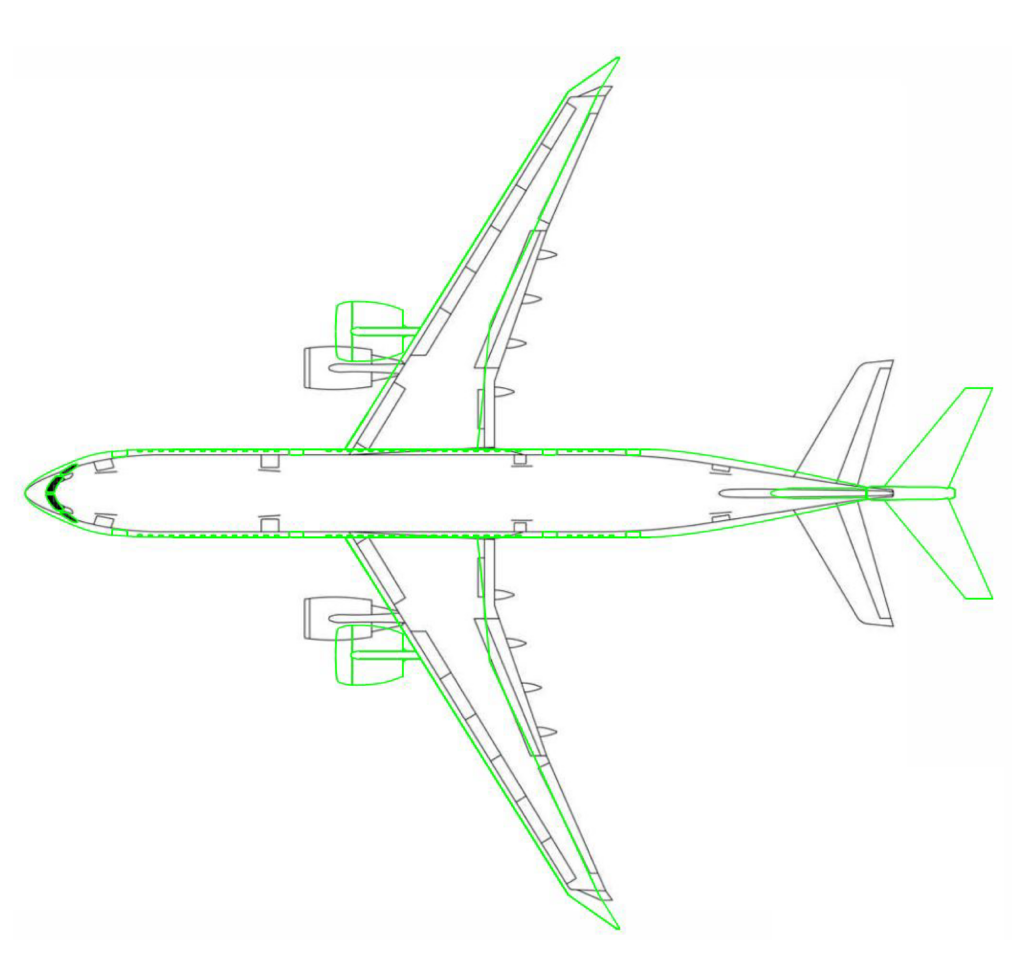
We appreciate your ideas. Get in touch!
Renewable methane is CO2 neutral. Its combustion emits the amount of CO2, that it has taken up during its production. When using bio methane produced from waste, even “below zero” CO2 emissions are possible!
Renewable methane reduces radiation effect of contrail- and cloud-formation. Interestingly, this has 2x more effect compared to CO2-neutrality!
CO2 neutrality and “non-CO2” benefits add: Renewable Liquid Methane is the long-range aircraft fuel for best climate protection in the near future.
Renewable Methane can be made from water + carbon + green energy (carbon capture) or from waste (agricultural waste, bio methane).
Aircraft fuel DETAILS
The advantages of renewable methane over green hydrogen and synthetic kerosene
Climate effects from air travel can be attributed by
ca. 30% to CO2 emission
ca. 60% (!) to contrail and cirrus cloud formation.
Thus, an aircraft fuel being CO2 neutral only, covers just these 30%. That is not sufficient to reach our climate goals. It is the major drawback with (expensive and rare) sustainable kerosene (SAF).
Hydrogen fuel is politically very much “en vogue”. Research is funded by governments. Airbus Industries published hydrogen aircraft studies. However, liquid renewable methane provides substantial advantages:
Methane tanks are 3x smaller
…than hydrogen tanks. Methane tanks fit into today’s aircraft fuselages. Retrofit of the actual fleet needs to be evaluated. This could allow a quicker transition to a climate friendly intercontinental aviation.
Methane is safer to handle, less volatile
Liquid hydrogen needs to be stored at extremely low temperatures (-250 °C) in large and heavy tanks. Leaking of super-cold hydrogen may lead to brittle fractures, which could critically weaken the aircraft structure.
Methane storage temperature is higher (-160 °C) and therefore less problematic.
Hydrogen H₂ molecules are tiny. H₂ tends to diffuse through seals and fittings. On the other hand, green methane may use today’s infrastructure. It can be distributed by ship or pumped through natural gas pipelines. Storing is possible in today’s gas tanks.
During generation, distribution, storage and combustion, unburned methane may leak. It shows a pronounced radiative forcing effect and should not be released to the atmosphere (“methane leakage”). This is a serious threat, that requires to be addressed. More efforts are needed to minimize worldwide methane leakage! Agreements on this have been reached on the COP26 Glasgow Conference.
Download our detailed evaluation on future long-range aircraft fuels here: Fuel Selection
Innovation
Is Methane Aircraft fuel all new?
No, for narrow-body aircraft: More than 30 years ago, gas powered TU-155 flew over Russia.
Yes. Long-range wide-body aircraft on methane fuel are a challenge to be taken up now.
TO SUM UP
- Most climate friendly
- Safe to handle
- Less volatile and voluminous than H₂
- Easy to distribute and store
We appreciate your ideas. Get in touch!
Solutions that contribute to 2050 climate goal
Supply Problem
The International Energy Agency (IEA) predicts only limited synthetic fuel availability for the next decades. Their quantities and blending ratios will fall short of being effective in contributing to our 2050 climate goals.
But, fossil methane is readily available, immediately reducing greenhouse effects by more than 50%!
Did you know, that even fossil methane fuel in aviation is more climate friendly than 100% pure synthetic kerosene?
The first step towards climate friendly long-range air travel
Converting a B777, B787, A330 or A350 test aircraft to operate on liquid methane fuel (with kerosene backup).
Who is ready to pioneer with us in that field?

ABOUT THE ENGINEER BEHIND THE CONCEPT
Felix Brenner M.Sc.
The engineering and design office was established in 2020.
Aerospace engineer Felix Brenner (University of Stuttgart/Germany) offers design service for selected industry applications, including aircraft concept design and CAD constructions for 3D-printed elements.
Feel free to contact us via email: info@green-aircraft.com
2019 Printed Electrics for aircraft seats. Factory Intern at AIRBUS Industries / Hamburg and in cooperation with the Institute for Aircraft Systems / University of Stuttgart. Awarded with the Hamburg Aviation Young Talent Prize / Hamburg Aviation Nachwuchspreis.
2019 Factory Intern, cockpit design, at PORSCHE cars.
2020 Project H-Craft. A hydrogen powered short-haul aircraft.
2020 Patent “Electrical Connection System For A Seat”
2021 Green Aircraft Concept for a long-haul aircraft, based on Green Methane fuel. (Master Thesis at the University of Stuttgart)
2022 More research on eco-friendly aviation concepts and intensified studies of the long-haul Green Aircraft Concept as research associate at the University of Stuttgart.
reference
Dr. Frank Brenner
Flight Captain, Aviation Advisor for the Green Aircraft Concept and supporter. He held management positions and logged more than 10,000 flight hours on commercial passenger aircraft B737, B747, B777, A319/320/321 and A380.
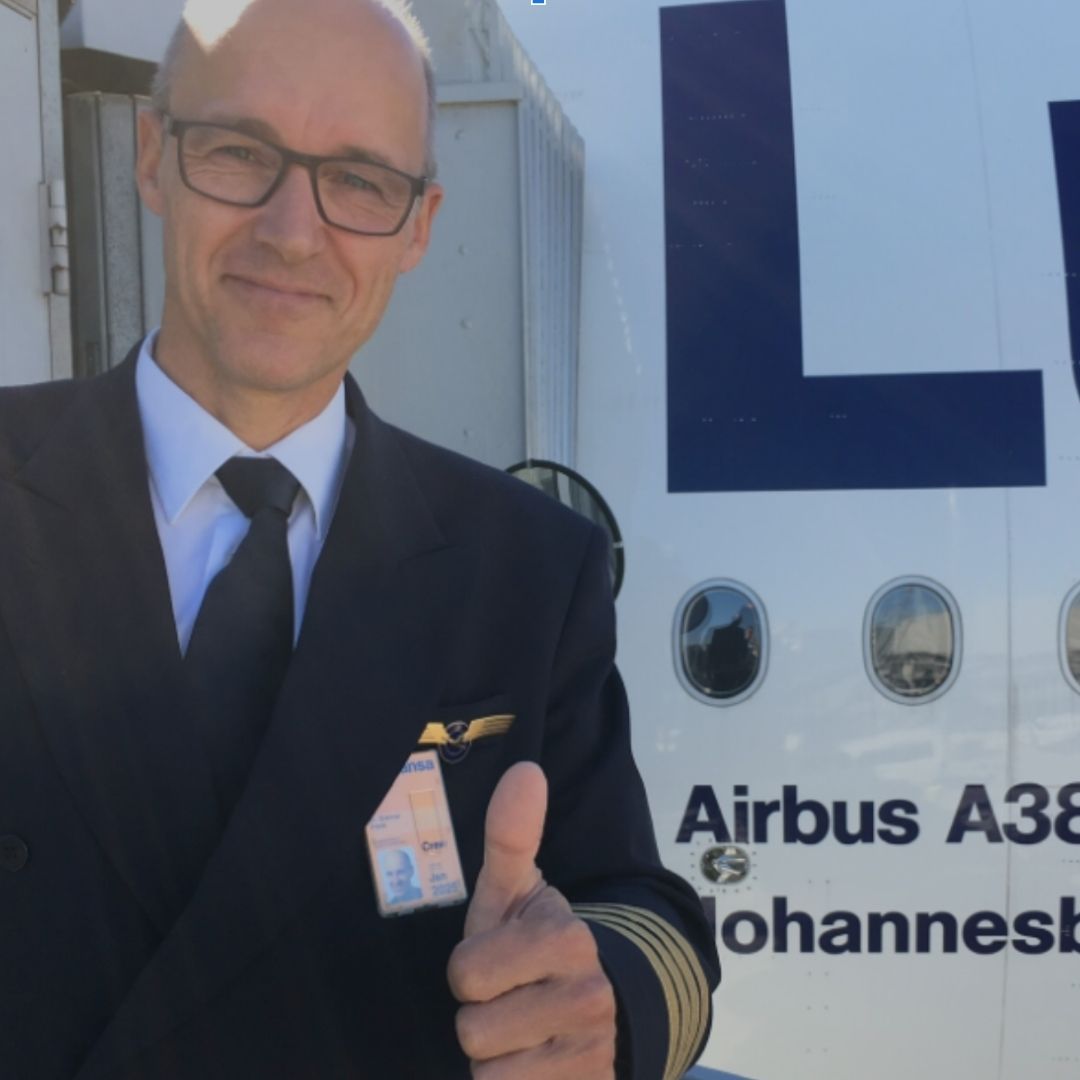
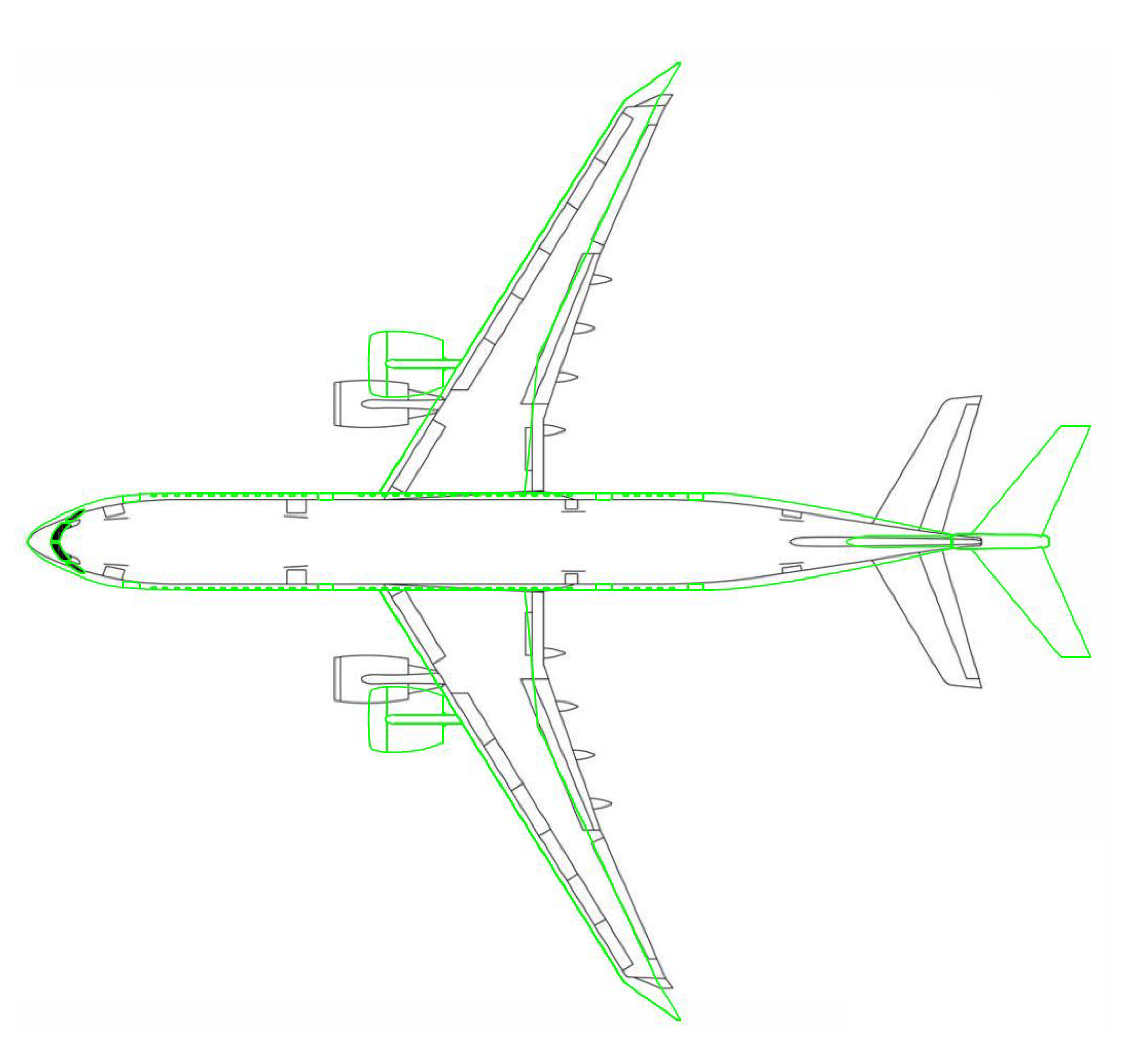
Get in touch!
Contact Us
If you have any questions, please contact us. We are happy to talk with you about our Green Aircraft Concept and discuss further details.
